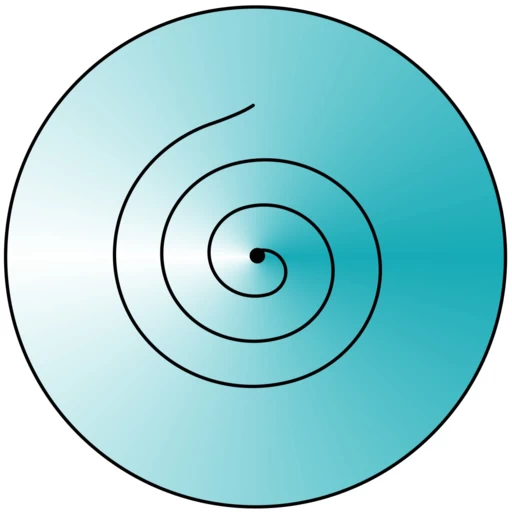Acupuncture Krefeld - Traditional Chinese Medicine (TCM) in My Private Practice
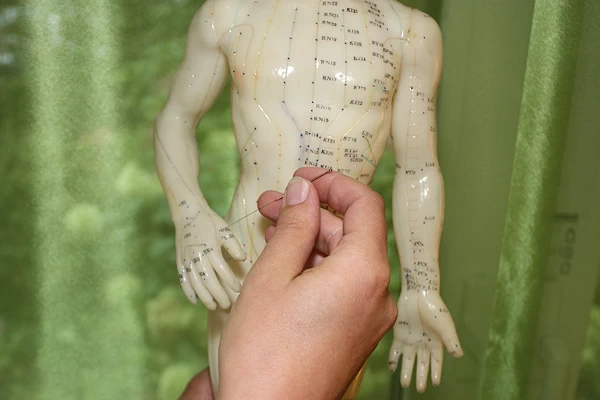
In Germany, acupuncture is considered part of alternative medicine. I offer this alternative healing method as a component of my holistic, conventional, and complementary approach within integrative medicine at my private practice in Krefeld.
Since 2006, I have completed specialized training in acupuncture with the Acupuncture Research Group and earned the A-Diploma. Since 2008, following the Medical Association examination for the additional qualification in acupuncture, I have been recognized by the North Rhine Medical Association.
Through my additional qualification and memberships in the German Medical Association for Acupuncture e.V. (DÄGfA) and the Acupuncture and Chinese Medicine Research Group (FACM) e.V., I can safely and effectively integrate acupuncture in Krefeld according to DÄGfA standards and FACM-verified quality into your treatment—either as a standalone therapy or in combination with other medical approaches.
Are you curious about how my patients have experienced acupuncture in my private practice in Krefeld? Feel free to check platforms like Jameda or Google. I’m delighted that these reviews highlight how individual the effects of acupuncture can be. Please keep in mind that every outcome is as unique as your own story—it depends on what you bring and how your body responds.
If you’re interested in an acupuncture treatment, feel free to contact my practice and schedule an appointment!
What is Acupuncture?
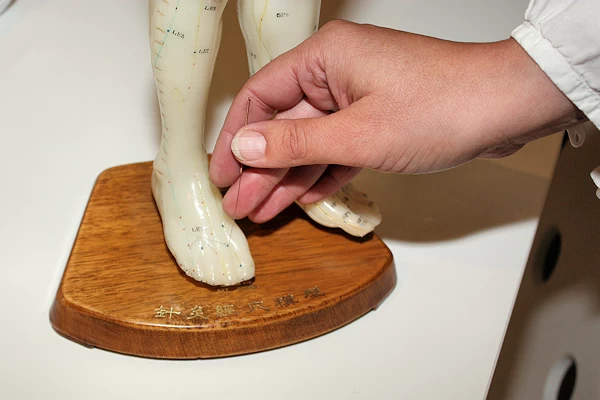
Acupuncture is one of the oldest healing methods in the world, where fine acupuncture needles are inserted into specific points on the body. These acupuncture points lie along energy pathways or meridians, which, in Traditional Chinese Medicine (TCM), are described as channels through which life energy (Qi) flows. Acupuncture has been practiced in China for thousands of years. The first acupuncture textbook—The Yellow Emperor’s Textbook—is over 2,000 years old.
Acupuncture is tailored to the individual needs of patients and can be adjusted during the course of treatment.
For patients who wish to avoid medications, acupuncture can offer an alternative method for pain or symptom relief.
Traditional Chinese Medicine (TCM)
In Traditional Chinese Medicine (TCM), it is believed that energy flows through specific pathways in the body: the meridians. When the energy in the body, divided into Yin and Yang, is balanced and flowing freely, a person feels well. Diseases represent a disruption of this balance and energy flow.
Acupuncture is a crucial part of TCM, alongside herbal medicine/dietetics, exercise (e.g., Tai Chi), and massages (e.g., Tuina).
GERAC Study
This millennia-old knowledge has lost none of its relevance. As large studies on its effectiveness demonstrate, such as the GERAC Study in Germany, acupuncture helps approximately 80% of patients with various conditions, significantly outperforming the medications tested in comparison.
Acupuncture for Chronic Knee and Back Pain
Ten to fifteen acupuncture sessions, whether verum or sham, reduce symptoms more effectively than guideline-based standard therapy.
Acupuncture for Chronic Headaches
For migraines, ten to fifteen acupuncture sessions (two per week) achieved an average reduction of migraine days by 28% (sham) or 38% (verum), compared to a 33% reduction with medicinal prophylaxis (mostly beta-blockers).
Types of Acupuncture
I practice the following types of acupuncture in my private practice:
Body Acupuncture
Ear Acupuncture
Trigger Point Acupuncture
Permanent Needle Acupuncture
Laser Acupuncture
Main Applications of Acupuncture in My Private Practice
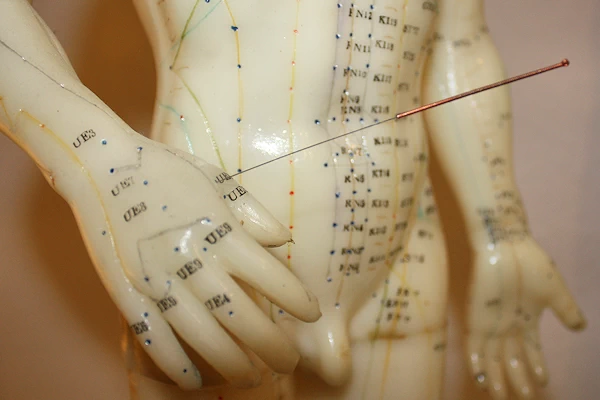
In China, acupuncture is used for a wide range of conditions. In Western countries, it is most commonly applied to treat chronic pain.
While statutory health insurance only covers costs for knee and back pain, I offer acupuncture in my private practice for other conditions as well, depending on individual indications.
The scope of acupuncture applications in my practice includes, for example, the following conditions:
General Medical Conditions
- Migraines
- Asthma
- Allergies
- High blood pressure
- Stress and anxiety
- Sleep disorders
- Constipation, irritable bowel syndrome, or nausea
- Tinnitus
- Support for rehabilitation after injuries or surgeries
Orthopedic Conditions of the Musculoskeletal System
- Back pain
- Tennis elbow
- Achilles tendon issues
- Osteoarthritis of the knee and hip joints
- Shoulder pain
- Heel spurs
Gynecological Conditions (Pregnancy-Related Complaints)
- Back pain
- Symphysis pubis dysfunction
- Nausea
- Preparation for childbirth
- Attempt to turn a breech baby using moxibustion
Permanent Needles in the Ear
- Support for nicotine withdrawal
- Support for weight loss
The effectiveness of acupuncture treatment depends on the individual situation.
Supporting Acupuncture Treatment
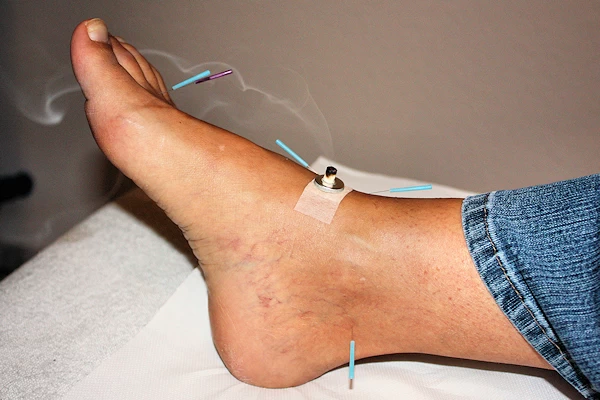
Acupuncture can be further supported by additional TCM techniques. In my practice, I use cupping with cups to promote circulation and moxibustion to add warmth and energy.
Moxibustion | Moxa
In my practice, I use moxa cones. The burning of dried mugwort in the moxa cones provides indirect moxibustion. The moxa does not come into direct contact with the skin, and there is no risk of burns.
Effects of moxibustion:
- Adding warmth and energy
- Promoting circulation
For example, treating an acupuncture point on the foot with moxa can attempt to turn a baby from a breech position into a normal birth position.
Cupping
I primarily use cupping therapy for muscle tension. It relaxes the muscles and promotes circulation.
Frequently Asked Questions about Acupuncture Treatment (FAQ)
What is the goal of acupuncture treatment?
In which areas does acupuncture help?
What is the process of an acupuncture treatment?
Can children also be treated with acupuncture?
Are there side effects of acupuncture treatments?
Is acupuncture covered by health insurance?
Further Information on Acupuncture
Interesting online articles on effectiveness:
- German Medical Journal 3/2007 p. 123 Acupuncture for Chronic Knee and Back Pain
- German Medical Journal 3/2007 p. 114 Acupuncture for Chronic Headaches
- Spiegel Online Health Osteoarthritis: Acupuncture Helps Desperate Knee Patients
- Spiegel Online Science Alternative Medicine: Acupuncture Measurable in the Brain


